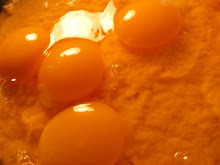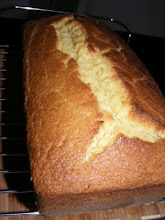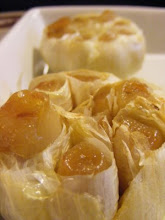
Fresh tarragon is the herb of the day for this seafood linguine. A little licorice flavor is perfect with the seafood and works especially well with the mussels and the cream sauce.

The tarragon is chopped and set aside until needed.

Tomato will be used as a garnish in the pasta...

...and one tomato is diced and set aside until needed.

One of the aromatics is leek...
Shallot is another aromatic...
...and again, a julienne is perfect for this dish.

Minced garlic - another aromatic - is added to a little extra virgin olive oil until needed.

Flat leaf parsley...
...is roughly chopped and will garnish the dish.

A carrot...

...and this mandolin...

...make julienne...

...simple!

Here are all of the garnishes for the pasta.

The seafood for this pasta consists of salmon, scallops, shrimp and mussels.

There's a juicy little mama!

Ooooh! Looky, looky!
You can just see how impatient the mussels are to get into the pot!

A little butter sizzling in a hot pot. What a beautiful thing!
The garlic and shallots sacrifice themselves to flavor the dish and to fill the kitchen with a pleasing smell. Thanks guys!

A splash of Dr. Loosen Riesling to cool things down and to get things boiling at the same time. Hmmm...is that an oxymoron?

Let's get this party started! The seafood is next into the pot for a quick steam before the cream is added to reduce.

It's a sauna in there!
The cream cools things down for a moment, but things will heat up again really soon!

The fish is half cooked and the cream will come to a simmer and will finish off the cooking process.

Time to season with a little lemon, salt and white pepper.

Squeeze!
Then the pasta. The pasta is added to the sauce and is reheated in the pan. This is the proper way to prepare pasta so please refer to the previous post entitled "SEAFOOD LINGUINE PART ONE - COOKING THE LINGUINE" for instructions on how to properly cook pasta.

Once the pasta is hot and the vegetable garnish has softened, add some really nice parmesan cheese.

Then...you plate it up!

Action shot: A big toothy grin by one of the mussels!

Action shot: A piece of salmon looking a little overwhelmed. I recall her saying, "Oh my god...I can't believe I'm actually part of this!"

Action shot: A scallop looking rather conceited as though the entire success of the dish hinges on his being there or not. Ahhh...whatever!





































































































